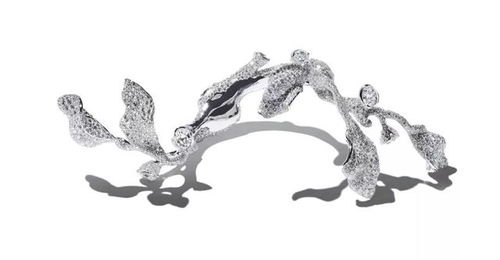Content:
In the world of angling, there are few experiences as rewarding as landing a perch, a fish that is both challenging and delicious. Perch fishing requires a blend of skill, patience, and a deep understanding of the fish's habits. Here, we delve into the expertise of seasoned fishing masters to provide you with invaluable tips on how to master the art of catching perch.
Understanding Perch Behavior
Before we dive into the fishing techniques, it's crucial to understand the behavior of perch. Perch are bottom feeders that prefer shallow waters with a mix of vegetation and structure. They are known for their elusive nature and are often found near reeds, rocks, or any type of structure that can provide cover. Knowing where to fish is as important as how to fish.
Choosing the Right Equipment
The equipment you choose can significantly impact your success in catching perch. Here are some key pieces of gear that fishing masters recommend:
Rod and Reel: A light to medium-action rod is ideal for perch fishing. A spinning rod with a fast retrieve is a popular choice due to its versatility. Match the rod with a reel that can handle the light line you'll be using.
Line: Use a monofilament line with a breaking strain of 4 to 6 pounds. This is light enough to be sensitive to the perch's bite but strong enough to handle the fish.
Lures and Baits: Perch are attracted to a variety of lures and baits. Live bait like worms, maggots, and small fish are classic choices. Artificial lures such as spinners, jigs, and soft plastics can also be effective.
Mastering the Art of Baiting
Live Bait: If you're using live bait, ensure it's fresh and wriggling. Perch are more likely to bite if the bait is alive and moving. Attach the bait to your hook with a simple clinch knot or a improved clinch knot to keep it secure.
Artificial Lures: When using artificial lures, experiment with different retrieves and presentations. A slow and steady retrieve can be effective, as perch often strike when the lure is still.
Techniques for Success
Locating the Fish: Start by searching in areas with a lot of structure, such as reeds, rocks, or submerged trees. Perch are often found near these areas, using them for cover.
Presenting the Bait: When casting, aim for the edges of these structures. Perch are notorious for holding near the edges, so a presentation that lands your bait just outside the cover can be highly effective.
The Perfect Hook Set: Once you feel a bite, be patient. Perch can be quite gentle with their bites. Wait for a good indication of resistance before setting the hook. A slow and steady pull can often result in a cleaner hookset.
Fighting the Fish: Perch are not known for their fighting prowess, but they can be quite feisty when they feel threatened. Use a light but firm drag to control the fish, and be prepared for a brief but spirited battle.
Handling and Release: If you're planning to release your perch, handle the fish with care. Use a net to avoid damaging the fish's scales and gills. Once the fish is in the net, support its weight and keep it in the water until it's ready to swim off.
Seasonal Considerations

Perch behavior can vary with the seasons. In spring, they often move to shallower waters to spawn, making them more accessible. Summer is a good time to fish in deeper waters where the temperature is more stable. Fall brings cooler waters and can lead to more active perch, as they prepare for winter.
Conclusion
Catching perch is an art that requires practice and patience. By understanding the fish's behavior, choosing the right equipment, and mastering the techniques, you'll be well on your way to becoming a perch fishing master. Remember, the key to success lies in the combination of knowledge, skill, and a bit of luck. So, get out there, cast your line, and enjoy the thrill of perch fishing!












